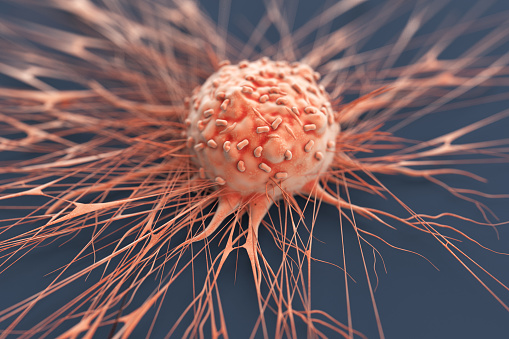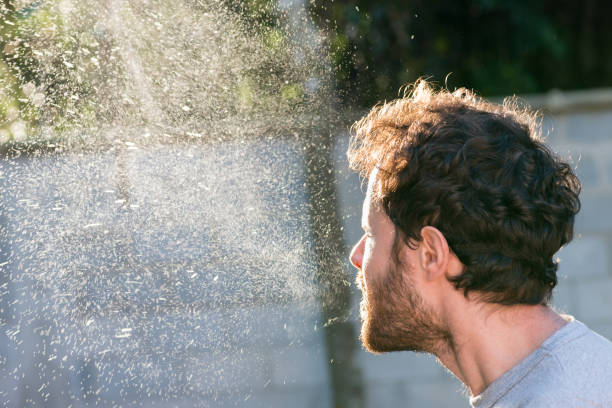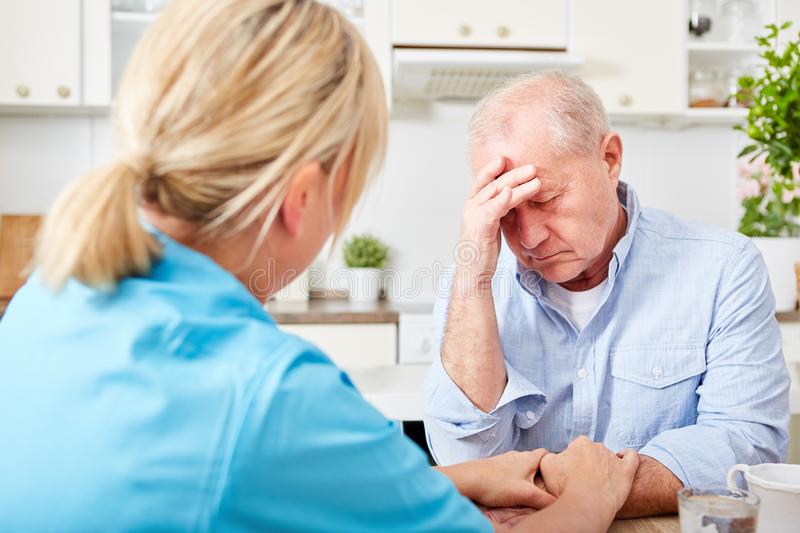What is Bacterial Vaginosis | Bacterial Vaginosis Symptoms
Bacterial vaginosis, or BV, is characterized by unpleasant vaginal discharge. Bacterial vaginosis is not an STD but treated with antibiotics. It can increase the woman’s risk for sexually transmitted diseases.
Symptoms of Bacterial Vaginosis
Bacterial vaginosis is a disruption to the pH of the vaginal secretions. Normally, a woman’s vaginal discharge does not have an unpleasant scent. When infected with bacterial vaginosis, the vaginal discharge may have a strong fishy smell. Most women notice the smell after intercourse, but it is not an STD. Sometimes, women have no symptoms at all.
The discharge may also change in color from clear to greyish-white, watery, and thin. The discharge does not always cause itching or soreness, but it may.
Causes of Bacterial Vaginosis
A woman’s vagina has healthy bacteria and maintains a pH level that is normal to the woman’s body. Anytime a woman disrupts the normal pH and normal bacteria, bacterial vaginosis can develop. Good bacteria called lactobacilli are present in all women, but sometimes, too many bad bacteria, called anaerobic bacteria, develop.
It’s normal for women to have vaginal odorless discharge. In simple terms, a vaginal canal is a self-cleaning machine.
The different ways that a woman can disrupt her normal bacteria is by:
• Using scented soaps to wash the genital area
• Bathing in scented soaps, swimming in pools, or hot tubs
• Using vaginal douches or washes
• Multiple sex partners or a new partner
• Hormonal changes
Treatment & Prevention of Bacterial Vaginosis
If you feel you have bacterial vaginosis, the treatment is medication. The healthcare provider will confirm BV and rule out any sexually transmitted infections. Likely, you will have a physical exam, and a speculum may be used to obtain the discharge for testing.
When confirmed, BV is treated with antibiotics, in a tablet, gel or cream form. If you are heterosexual, you cannot spread to the male, but if you are homosexual, you can pass it to a female partner, and she must be treated as well.
After treatment, it’s likely BV will come back in 3 months, but you can prevent it by:
- Using plain soap, like a baby wash or unscented soaps to wash the genital area.
- Avoid tub baths, pools, or hot tubs.
- Shower instead of bathing.
- Do not use vaginal douches or washes.
- If you take a bath, onlywhat is bacterial vaginosis
- use plain water, no soaps or bubbles.
Complications of Bacterial Vaginosis
With treatment, BV is likely to cause no problems, but can heighten your risk for:
- Preterm delivery: There is a link to premature birth and BV, as well as low weight infants and BV.
- Sexually Transmitted Diseases (STDs): Though researchers cannot distinguish the link, women that have BV are more susceptible to being infected with sexually transmitted diseases like HIV, herpes, gonorrhea or chlamydia.
- Infection after gynecologic surgeries: Women that have BV are at a higher risk for developing a post-surgical infection after a gynecologic surgery like a dilation and curettage (D&C) or hysterectomy.
- Pelvic Inflammatory Disease (PID): Women that have or have had BV are at a higher risk of PID, which is an infection of the uterus and fallopian tubes.
If you feel you have BV, it is important to seek treatment from a gynecologist or your medical doctor. The treatment is simple and you will feel better, and lower your risk for complications. Take the provided practices to help prevent and lower your risk of developing bacterial vaginosis.







